Galactic astronomy
Learning objectives
Referring to knowledge
— Acquire a basic understanding of the structure, kinematics and dynamics of the Milky Way.
— Advance in the knowledge of processes of formation and evolution of spiral galaxies.
— Become familiar with the physical properties of the interstellar medium and of the stellar components of the Milky Way.
— Understand which observables properties are available to us. Understand the precision in what can be attained today, focusing on the Gaia mission of the European Space Agency
— Acquire knowledge of statistical analysis techniques.
Teaching blocks
1. Introduction
1.1. Galaxies and their place in the Universe
1.2. History of galactic astronomy
1.3. Overview of galaxies: current knowledge
2. Astronomical units
2.1. Stellar component
2.2. Interstellar matter
2.3. Catalogues and large surveys
2.4. Interstellar extinction
3. Stellar statistics
3.1. Apparent distribution of stars
3.2. Fundamental equation of stellar statistics
3.3. Luminosity function of stars
3.4. The initial mass function and the star formation rate
3.5. Galaxy models for predicting stellar recounts
4. Galactic Kinematics
4.1. Kinematics of stars in the solar neighbourhood
4.2. Large scale kinematics
5. The orbits of the stars in the galactic potential
5.1. Integrals of motion
5.2. Energy and angular momentum: Lindblad’s diagram
5.3. The orbital structure in spherical, asymmetrical and non-asymmetric potentials
5.4. Force and movement perpendicular to the galactic disc
6. Fundamental equations of stellar dynamics
6.1. Poisson’s equation
6.2. Boltzmann equations without collisions
7. Introduction to the chemical evolution of galaxies
7.1. Observational evidence
7.2. Gas surface density, rate of supernova explosions, enrichment
7.3. Basic elements of a chemical evolution model: star birth rate and rate of fall of matter
7.4. Some simplified models
8. Collisions and encounters of star systems
Teaching methods and general organization
— Lectures.
— Presentation of assignments by students to the rest of the class.
— Practical exercises with laptop
— Reading and discussion of recent articles
Note: The degree of attendance to the University for the teaching and evaluation activities may be modified depending on the restrictions arising from the health crisis. If this is the case, any changes will be informed in due course through the usual channels.
Official assessment of learning outcomes
Assignments proposed to students, oral presentation in front of the class and hands-on activities. This part counts for the 40% of the final mark of the course.
The evaluation at the end of the course consists of a written examination to assess the students progress that counts for the 60% of the final mark (with the requirement of passing the exam).
Reevaluation: For students who do not pass the exam, a second written exam takes place in June to assess the improvement in the student progress. The final mark includes the 40% of the course activities as well.
Examination-based assessment
The evaluation at the end of the course consists of a written examination to assess the students progress.
Reading and study resources
Check availability in Cercabib
Book
BINNEY, JAMES, 1950- ; MERRIFIELD, MICHAEL..
Galactic astronomy. Princeton : Princeton University
Press, cop. 1998
Enllaç
BINNEY, JAMES, 1950- ; TREMAINE, SCOTT, 1950-.
Galactic dynamics. (2nd ed. Princeton : Princeton
University Press, 2008
Enllaç
1a ed. Enllaç
MIHALAS, DIMITRI, 1939-. ; BINNEY, J.AMES, 1950-.
Galactic astronomy: structre and kinematics. 2nd ed.
San Francisco : Freeman, cop. 1981
https://cercabib.ub.edu/discovery/search?vid=34CSUC_UB:VU1&search_scope=MyInst_and_CI&query=any,contains,b1105403* Enllaç
SCHEFFLER, HELMUT ; ELSÄSSER, HANS, 1929-.
Physics of the galaxy and interstellar matter.
Berlin : Springer, 1988
Presential
FALSE
Galactic astronomy

Funded by the European Union. Views and opinions expressed are however those of the author(s) only and do not necessarily reflect those of the European Union or HaDEA. Neither the European Union nor the granting authority can be held responsible for them. The statements made herein do not necessarily have the consent or agreement of the ASTRAIOS Consortium. These represent the opinion and findings of the author(s).
